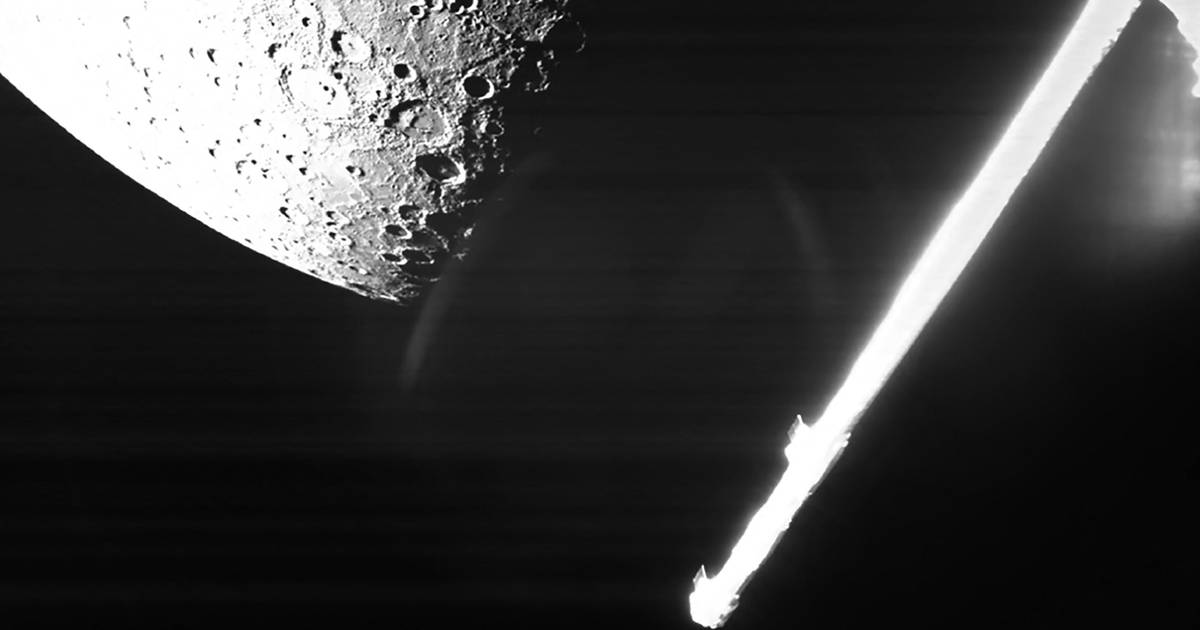The joint European-Japanese spacecraft BepiColombo has transmitted the first images of Mercury after a long three-year journey. The innermost planet from our solar system shows a desolate, cratered surface.
It is very complicated to get to Mercury. The joint mission of the European Agency and the Japan Aerospace Exploration Agency was launched in 2018 and flew once to Earth and twice by Venus on its journey to the smallest planet in the solar system. Three years later, there is now the first meeting. BepiColombo will orbit Mercury five more times, using gravity to slow its speed, until the spacecraft orbits the Sun at the same speed as the inhospitable planet. Then – and this is not until 2025 – two satellites will be placed in orbit around Mercury.
solar wind
A European satellite called MPO. Mercury will orbit ten orbits a day for at least one year. Among other things, it should clarify what the surface of the planet is made of. Japan’s Mio probe is set to probe Mercury’s environment, including the so-called solar wind, a stream of charged particles from the Sun that constantly bombards the planet. The power of the Sun on Mercury is several times greater than that of the Earth. The temperature of the planet can rise to 470 degrees Celsius.
On its first pass at an altitude of less than 200 kilometers, the spacecraft captured a low-resolution black and white image with one of its cameras. The European Space Agency said the image taken shows Mercury’s northern hemisphere and its distinctive features, including the 166-kilometre-wide (103-mile-wide) Lermontov crater.
The mission is named after Italian scientist Giuseppe “Pepe” Colombo, who pioneered a gravity-assisted maneuver first used by NASA’s Mariner 10 when it flew to Mercury in 1974. American Messenger also studied the planet between 2011 and 2015.
Unlimited free access to Showbytes? And that can!
Sign in or create an account and never miss a thing from the stars.







